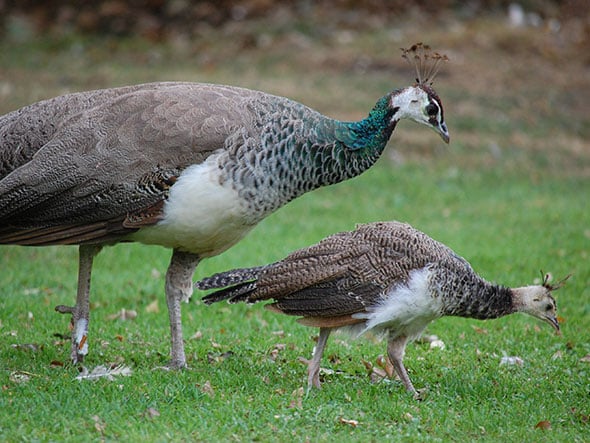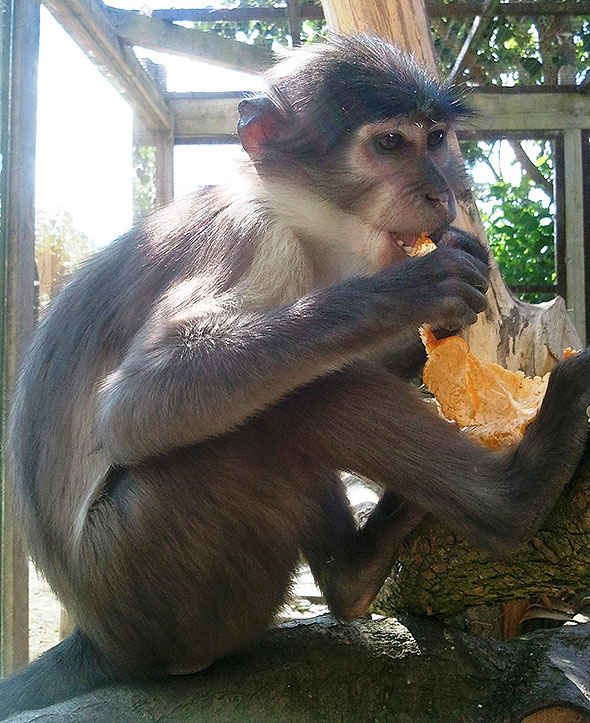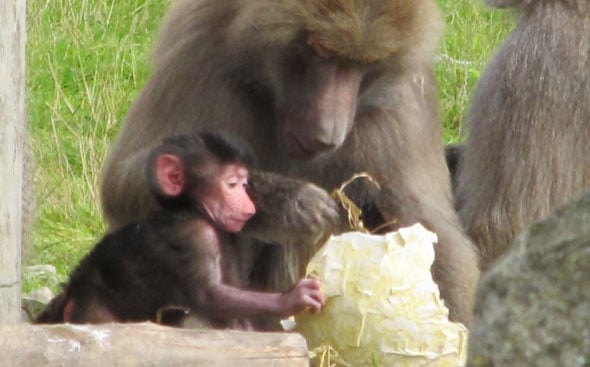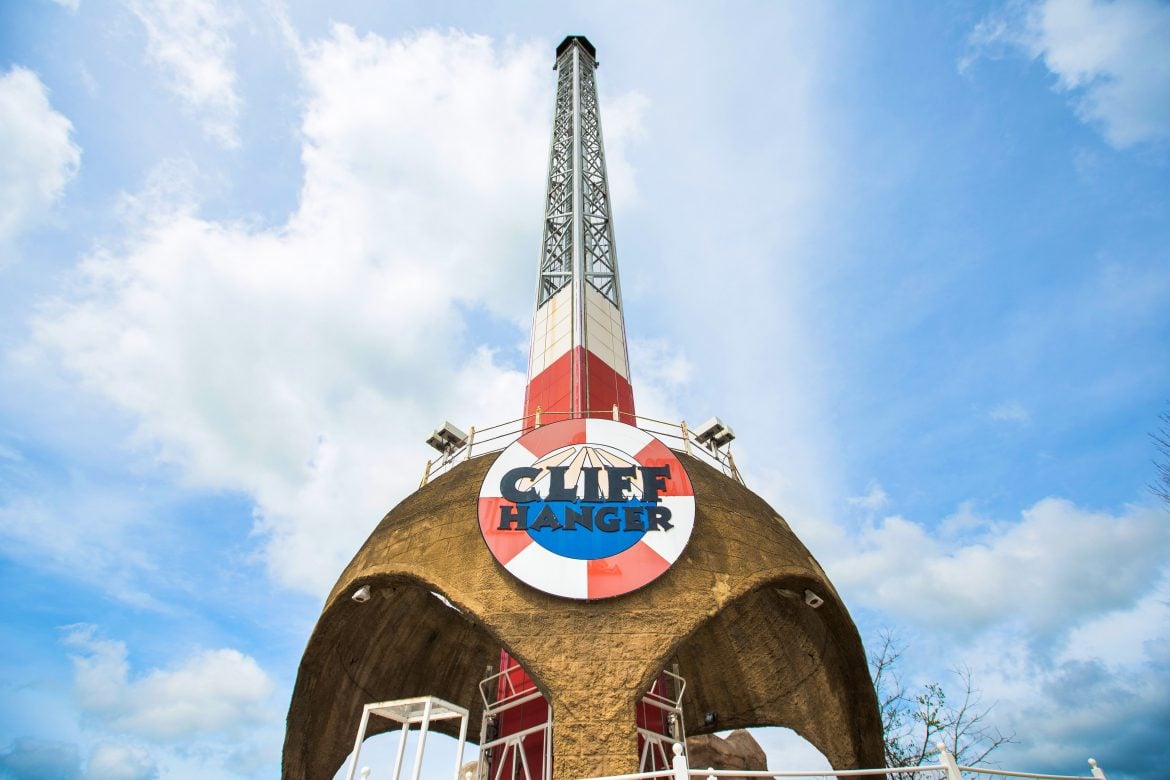
Baby lemur at Flamingo Land
Flamingo Land is currently celebrating the birth of a baby ring-tailed lemur. The sex of the youngster is still unknown, as it’s still being closely looked after by its mother. However, it appears to be healthy and doing well. The baby can be seen clinging to its mother as they move around the enclosure. Baby lemurs travel everywhere with their mother until they are old enough to move around independently and keep up with the rest of the troop.
Ring-tailed lemurs are probably the most easily recognised lemur, thanks to their black and white striped tail, which is longer than their head and body. They are also the most common lemur to be found in zoos worldwide. Lemurs are primates but are not closely related to other primates such as monkeys, gorillas or humans. They have eyes which are reflective at night, rely more on their sense of smell, have relatively small brains compared to other primates, have wet noses and possess a unique feature known as a toothcomb, which is used for grooming.



















